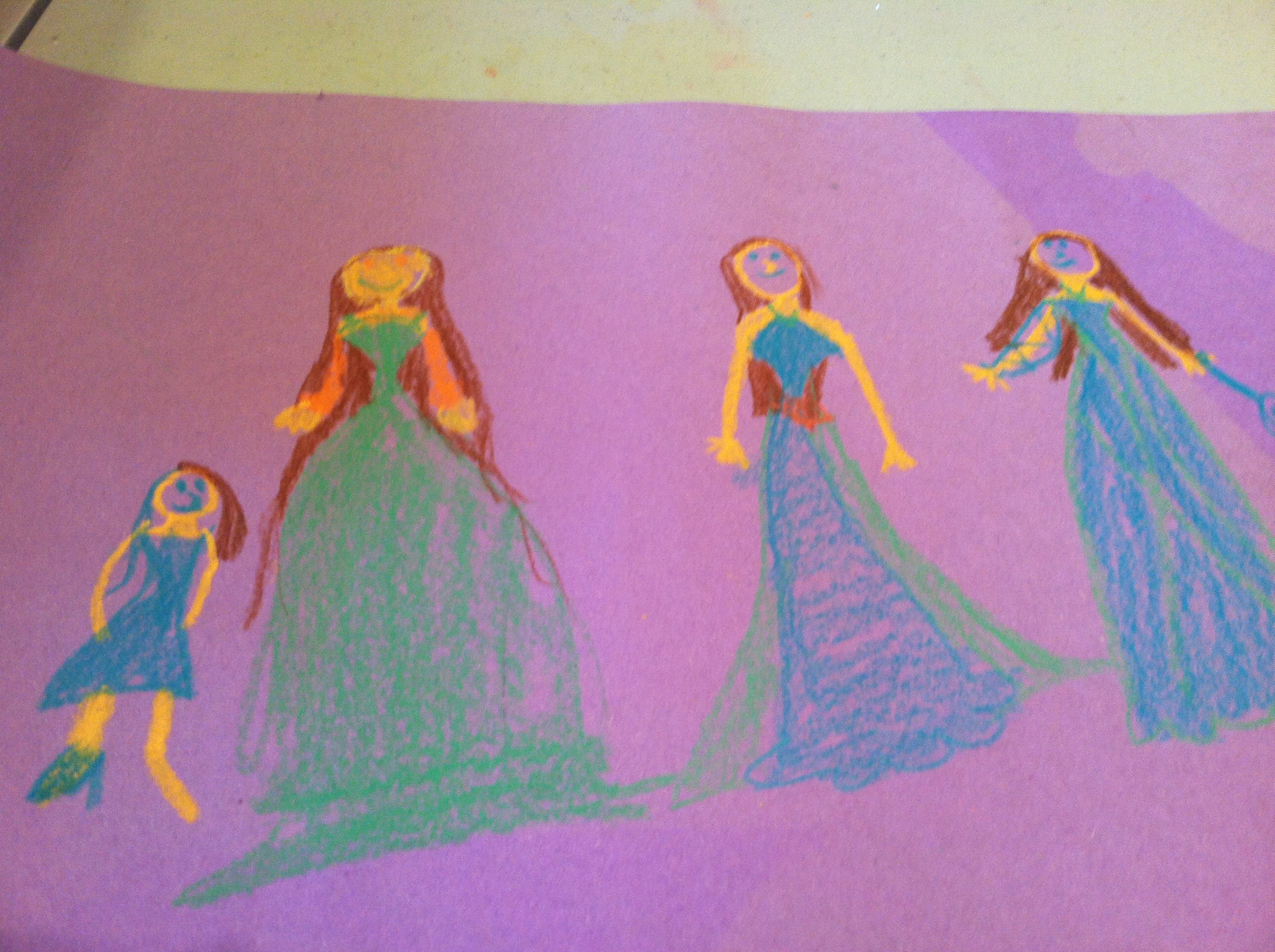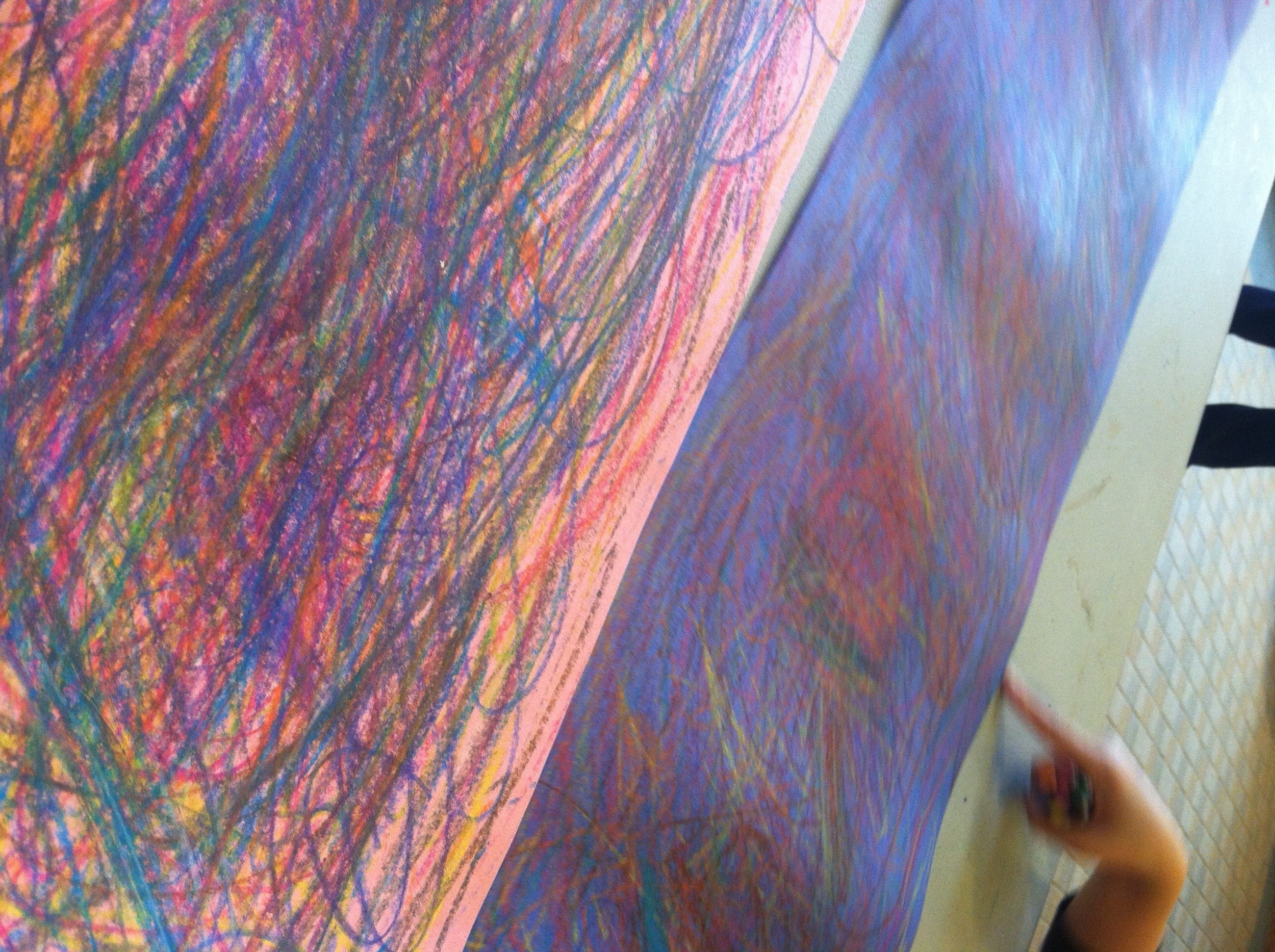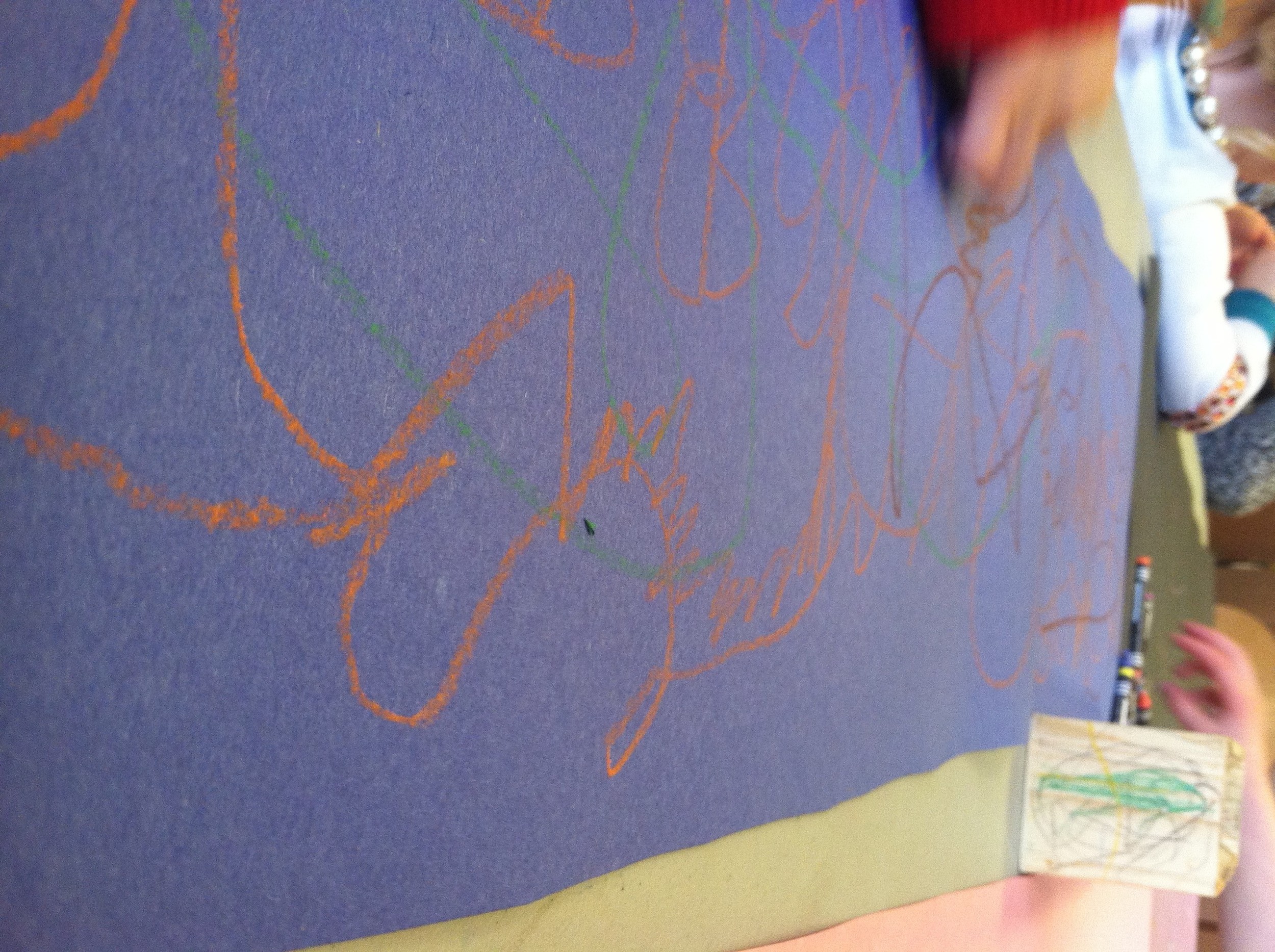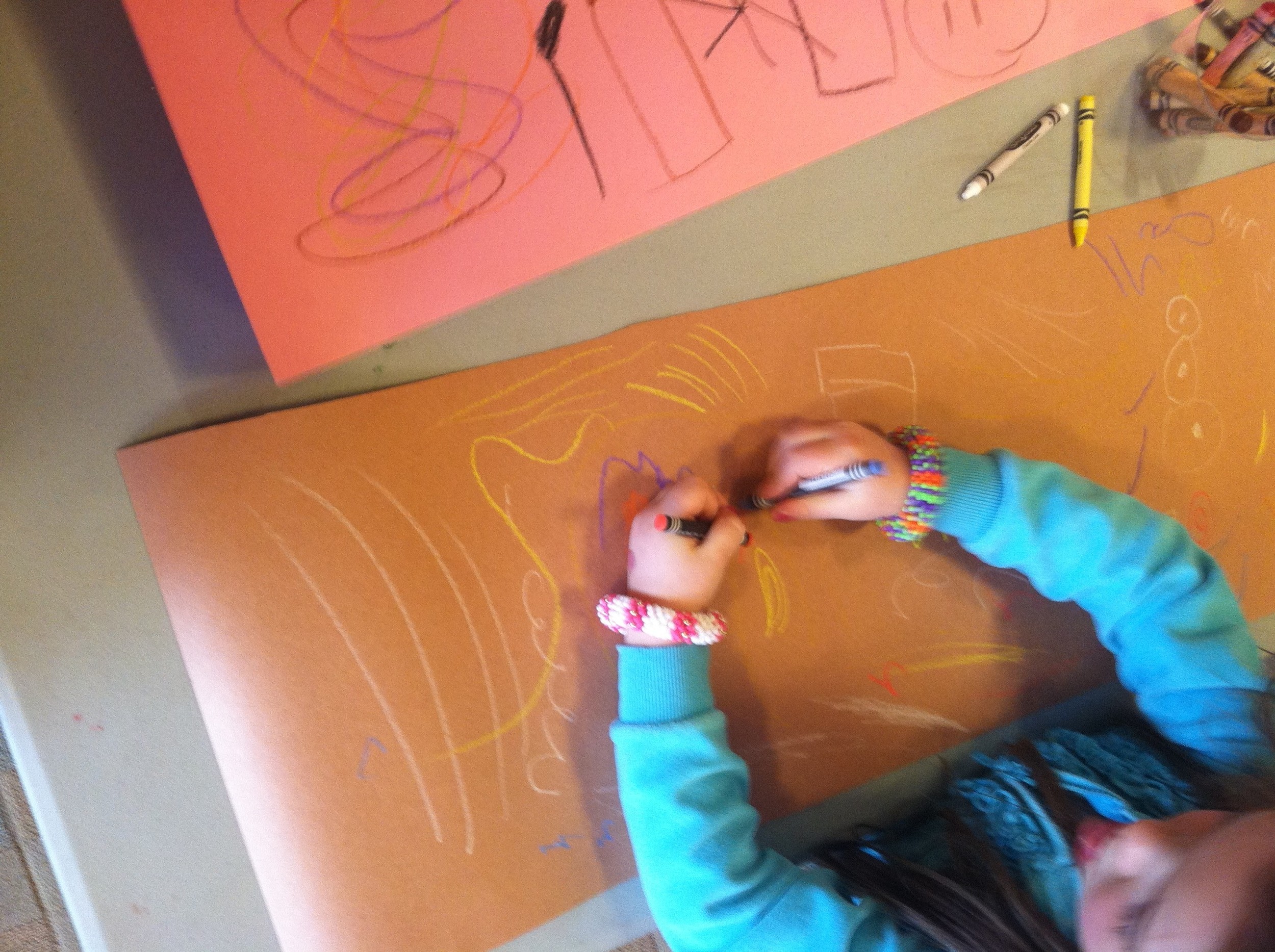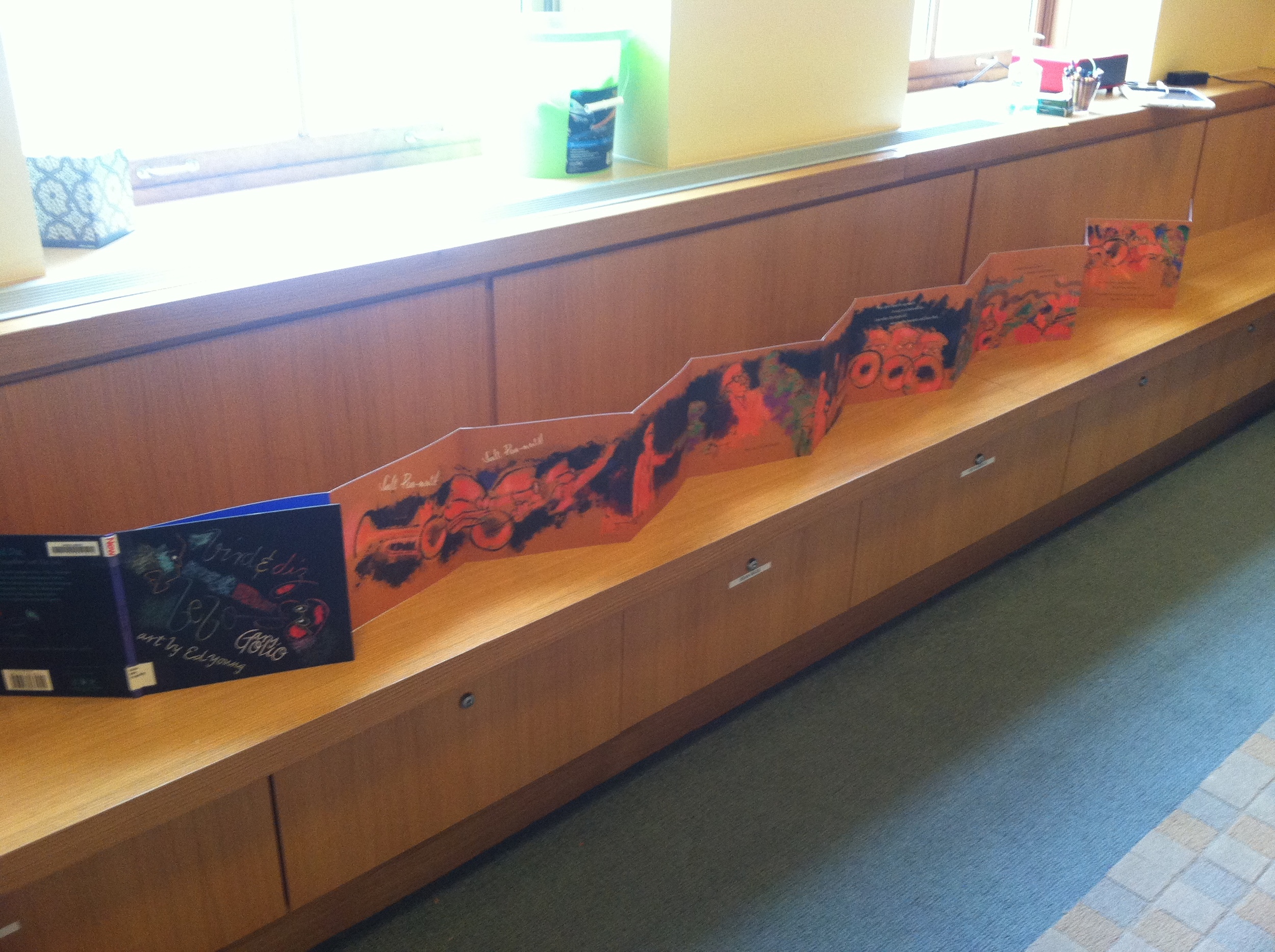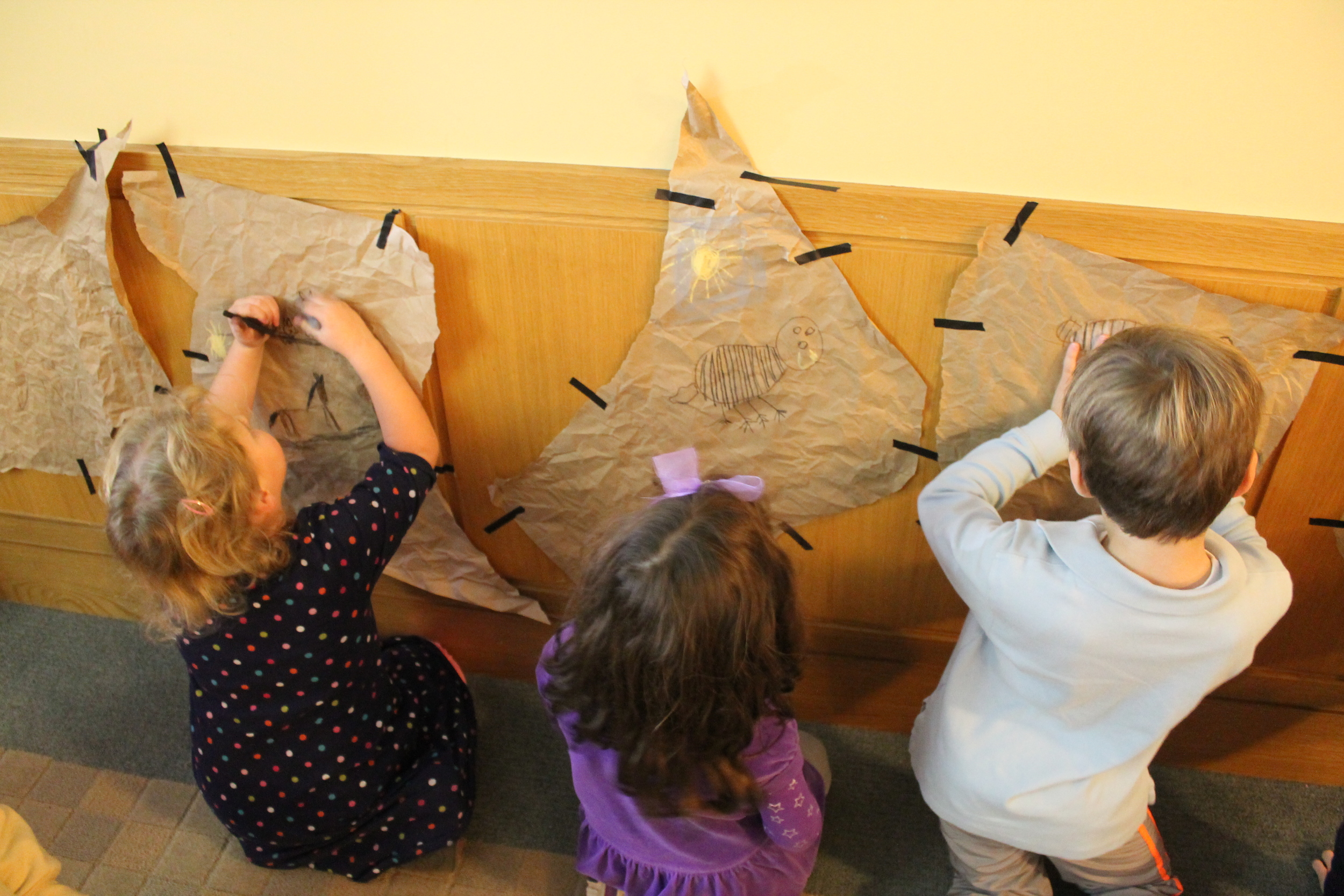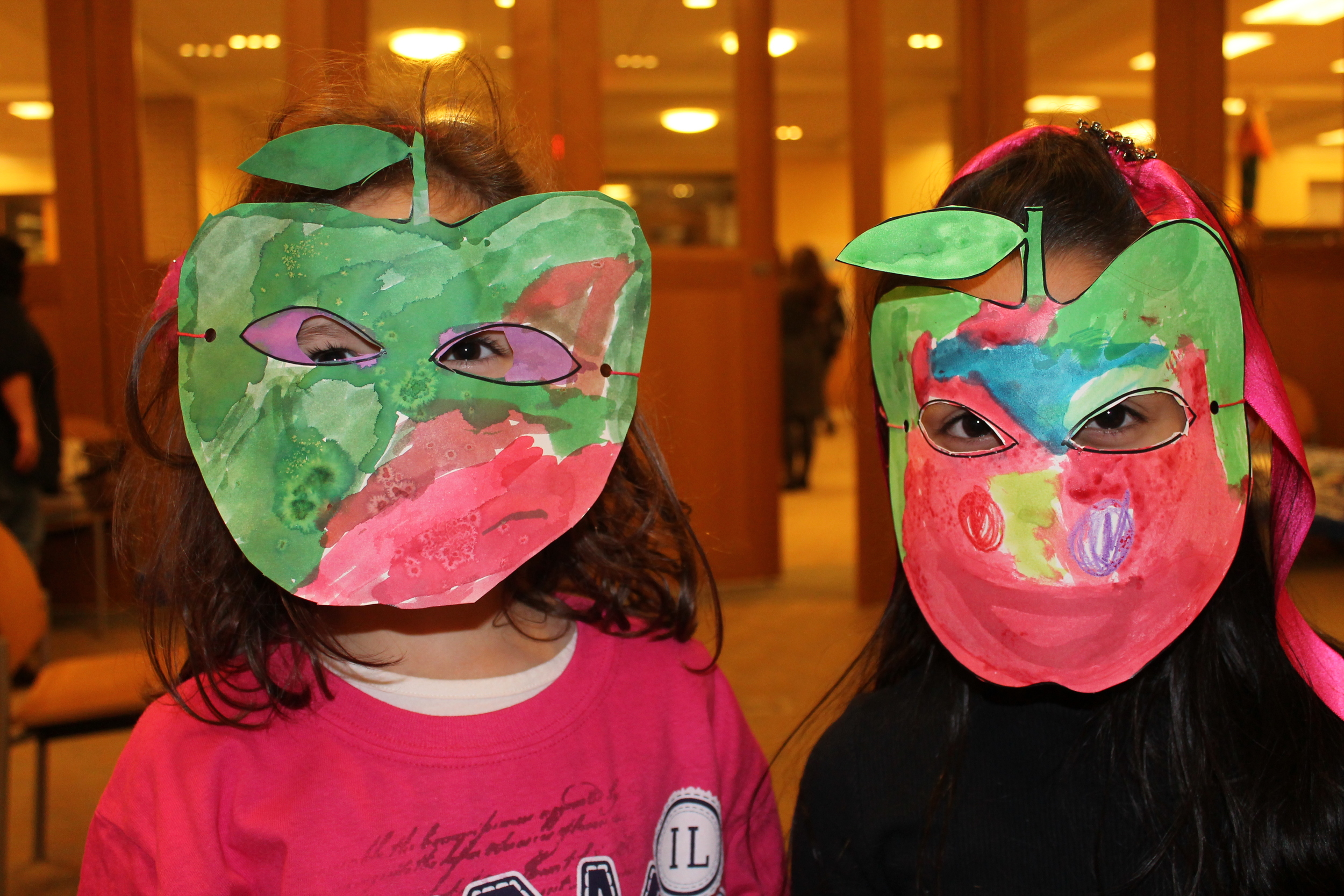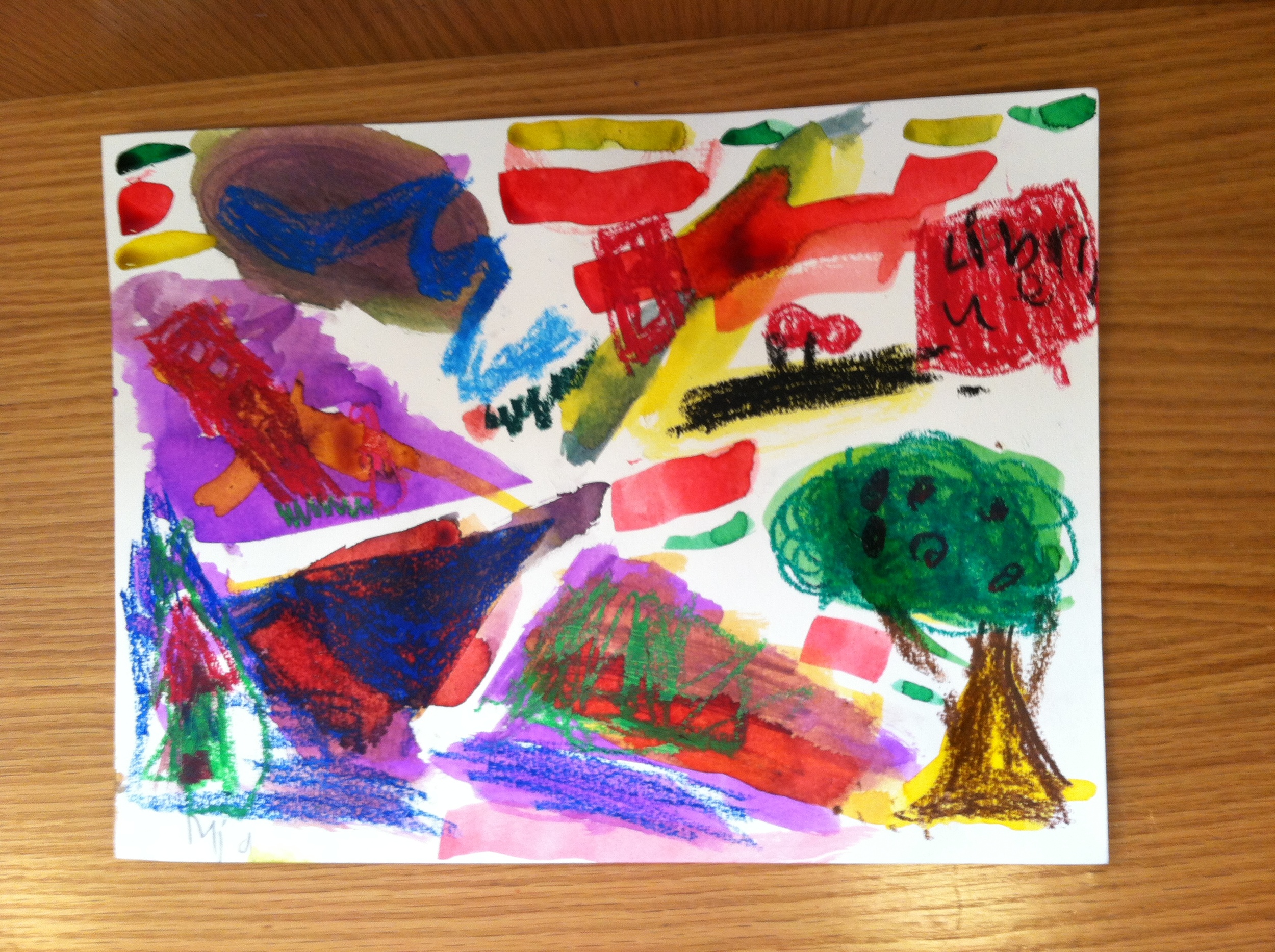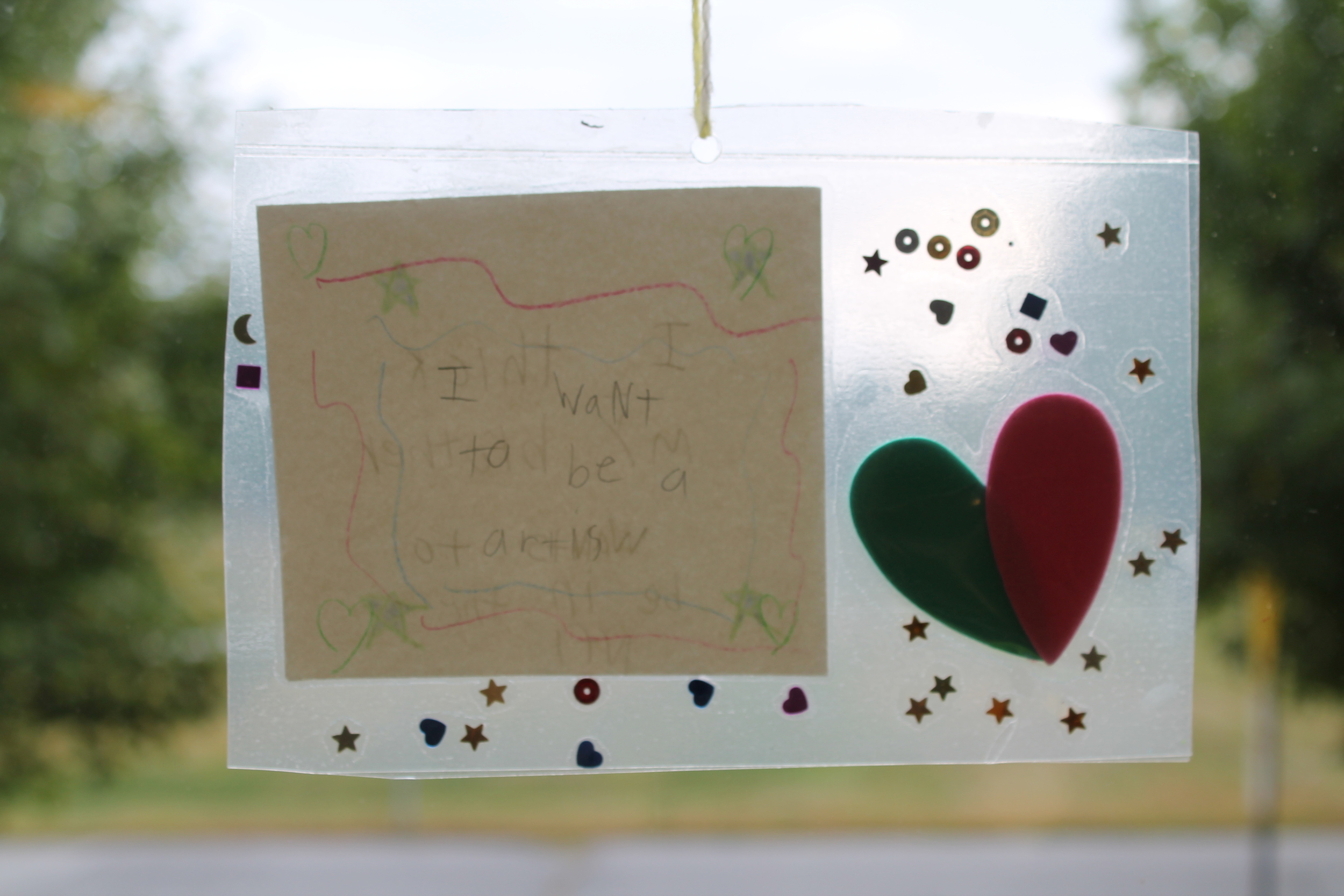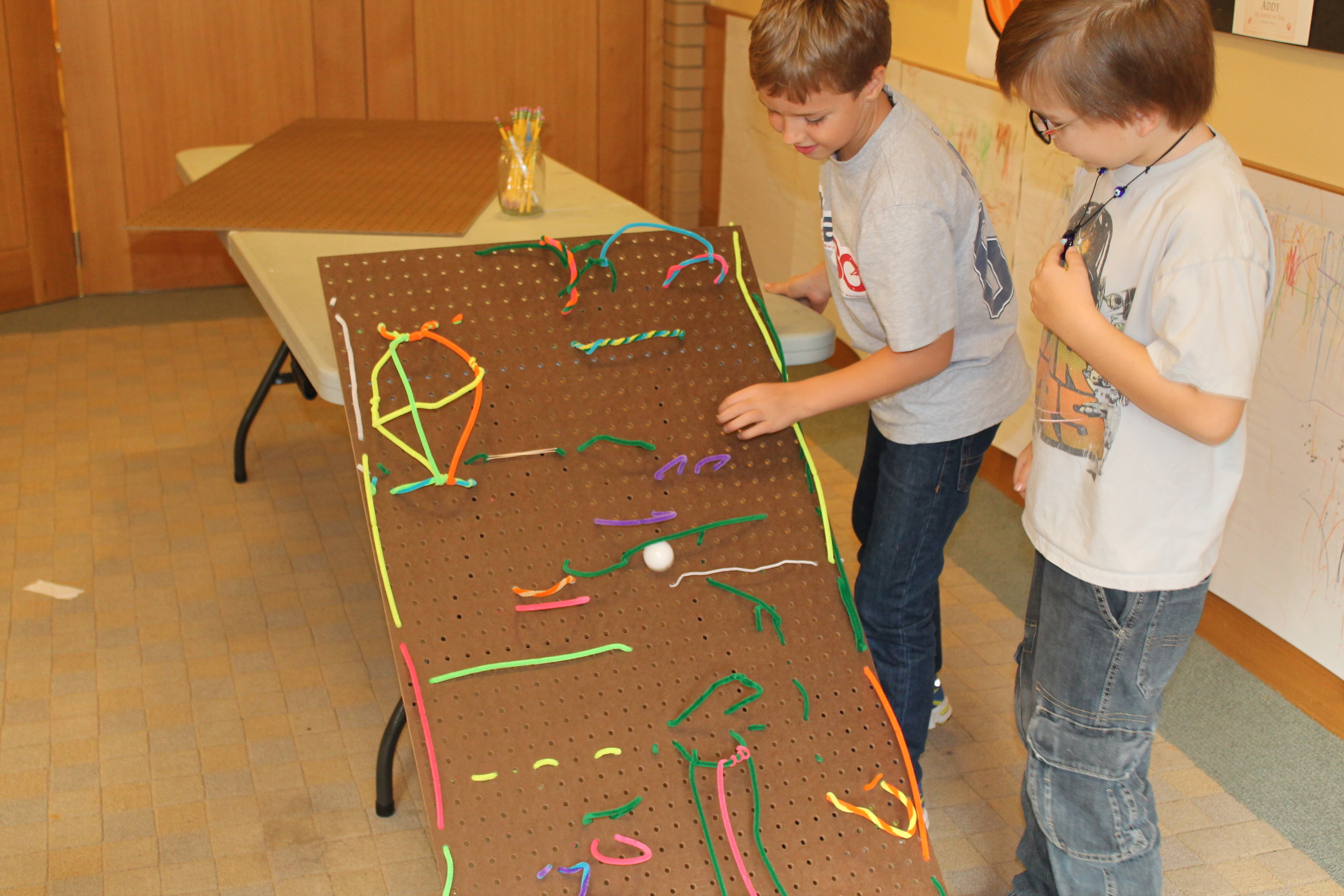I’ve written before about Maker Family Challenges. They’re on the weekends so that families (in the community I work in, it means actual dads and moms - during the week, there are a high percentage of hired caregivers) can attend and create something with their kids. The idea is I put out materials, issue a challenge, and let people go at it at their own pace (such as can you build a boat that floats, can you create a self-portrait, can you build a tiny home, can you create a structure that will keep an egg safe when it is dropped). This idea is not original. It does feel really important though. I see it often - the “I have to get it right” mentality, in both kids and their parents (and hear anecdotes about teachers saying the same thing) that this kind of activity hopes to discourage.
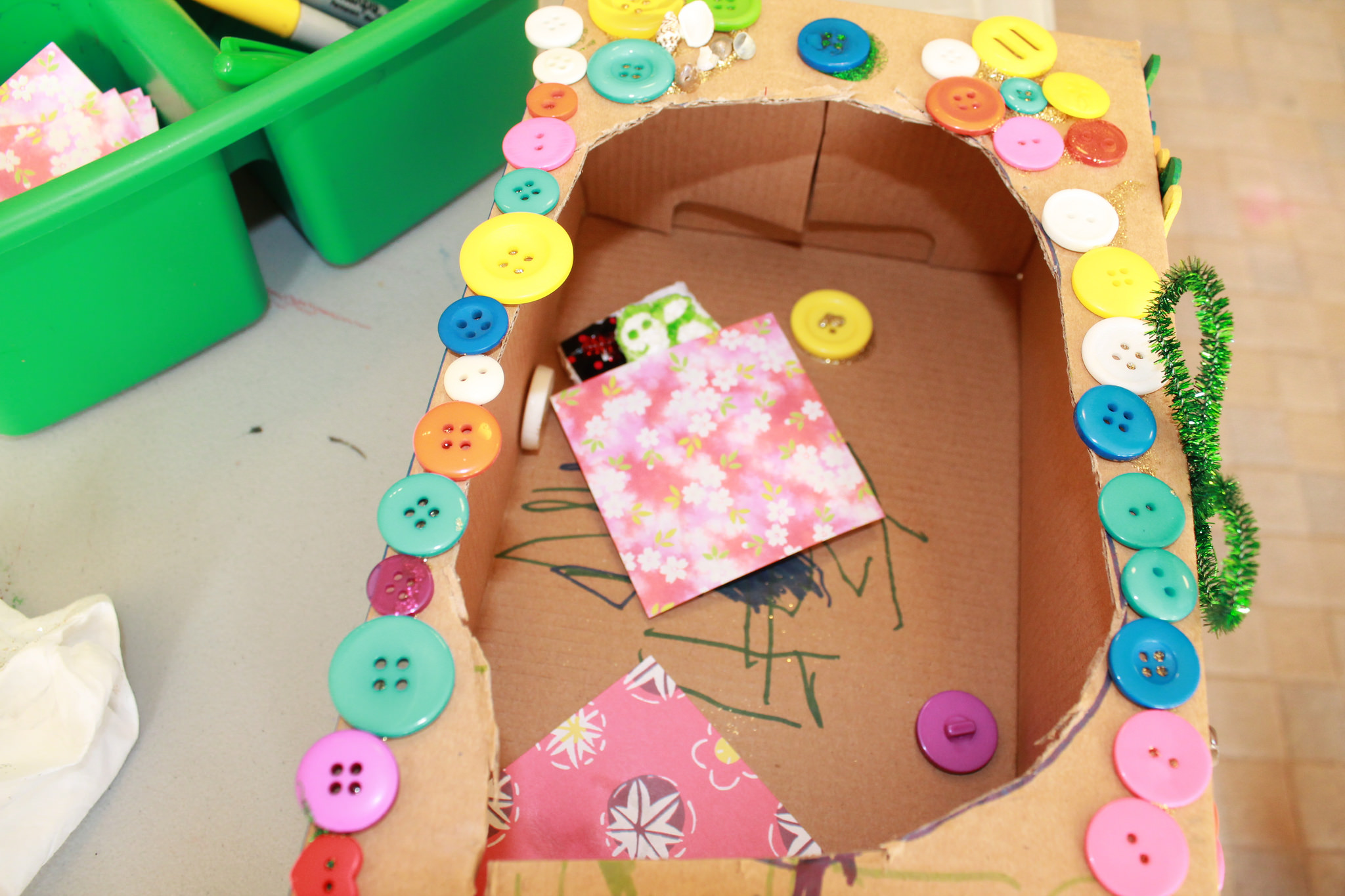
What I hear during these challenges is “What can we do to fix that?” and “How are we going to make that happen?” and lots of playful sharing about what exactly is going on in these creations (usually made out of trash I found in the recycling bin). It is especially wonderful to hear in light of a recent day-long conference I went to at Bank Street College called “The Building Blocks of Play” that covered everything from the psychological and historical importance of play to how children’s book authors play during the creation of their books.
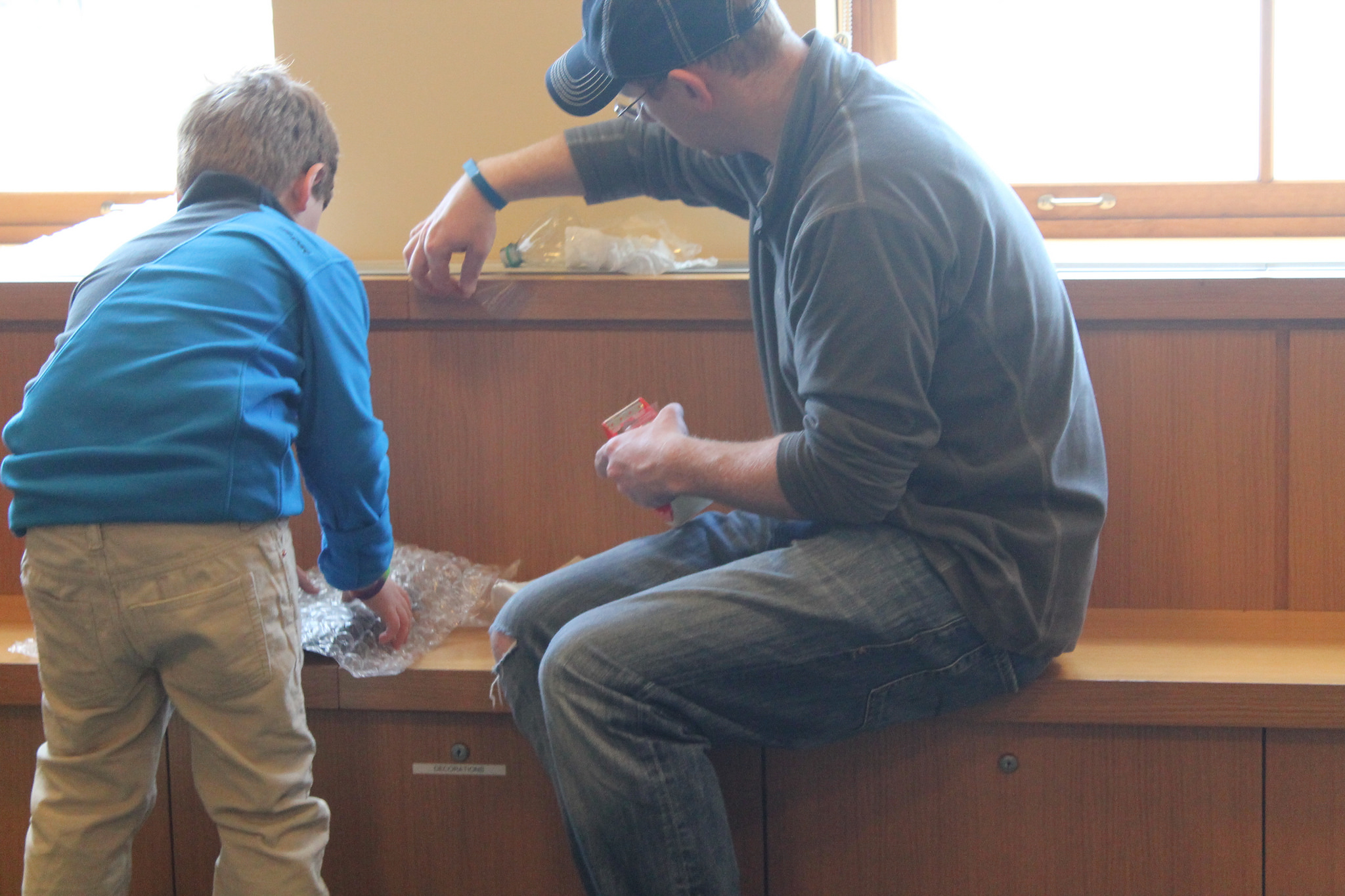
Something that felt very applicable to my daily program planning was introduced during a presentation from Dr. Linda C. Mayes from the Yale Child Study Center: Piaget’s idea that “Play is the work of childhood”. In a community like Darien, and in New England, and in the USA, work is seen as the most valuable part of life. So showing how play can be occupational and vital to success (whatever that means) is a great tool, and shows career-addled parents how to let play into the schedule.
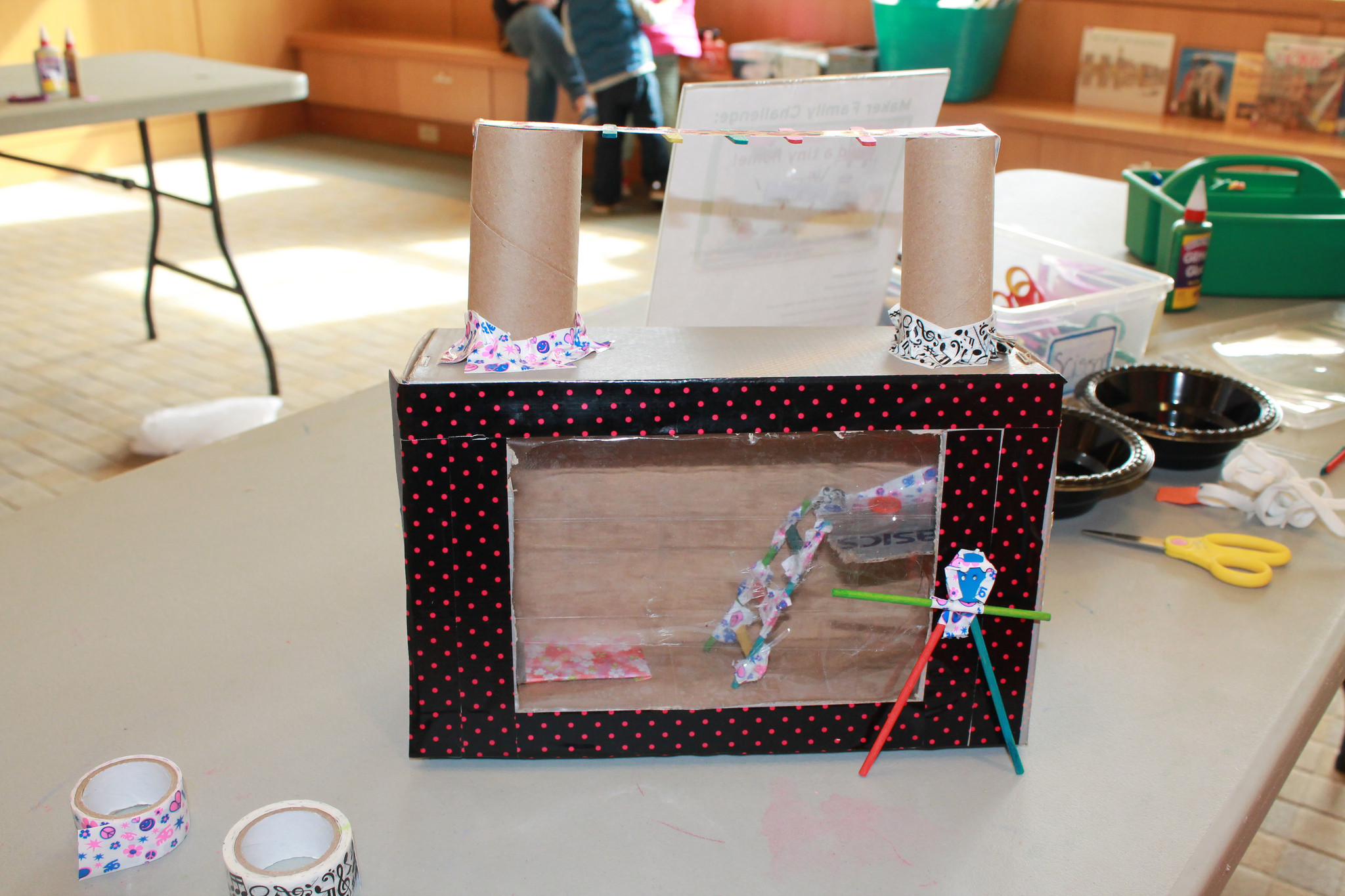
I was also really inspired by the idea of play as a space. Dr. Mayes discussed play as the place where children explore boundaries between themselves and others, inside and outside their bodies, real and not real, now and in the future, and now and in the past. Then, hearing artists and authors such as Nina Crews, Laura Vaccaro Seeger, Paul O. Zelinsky, Robie Harris, and Peter H. Reynolds discuss how they enter that transitional space to get creative and the importance of play in their work. So obviously play is important for adults too.

That’s why it’s great to be able to offer family programs at the library. And storytimes where we sing and dance. And picture books that are silly and playful and ask readers to experience the world differently.
